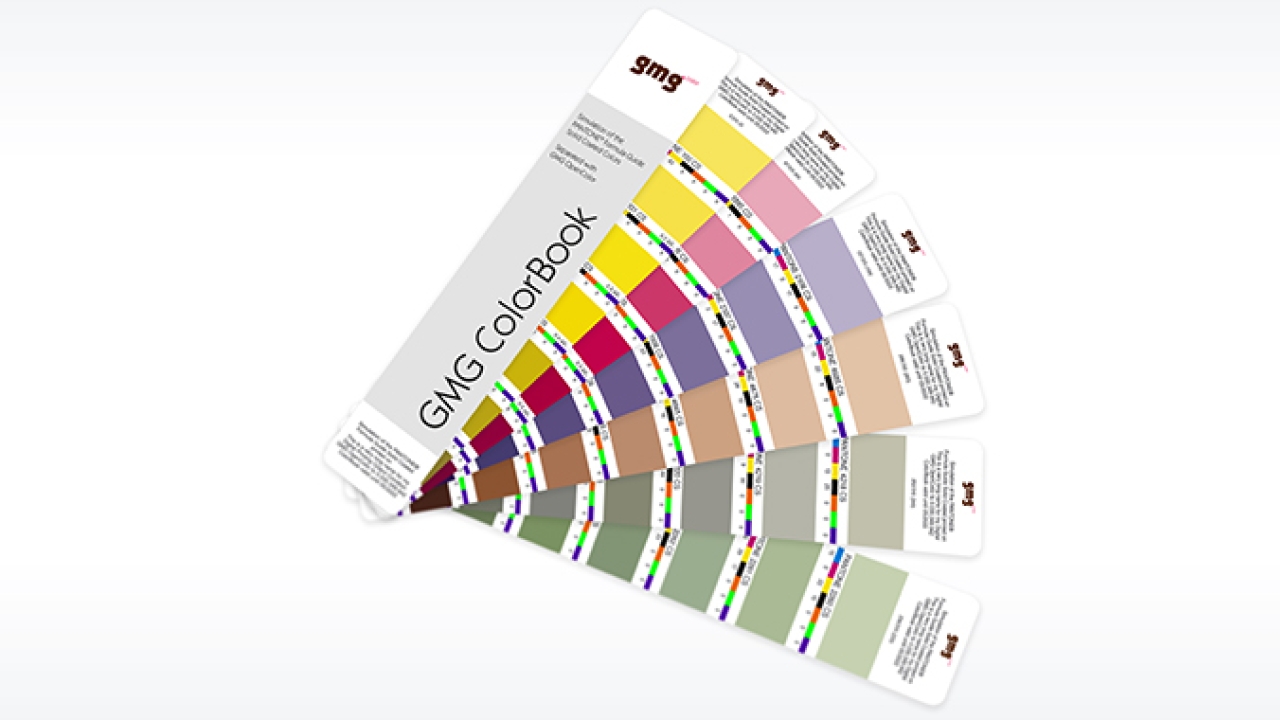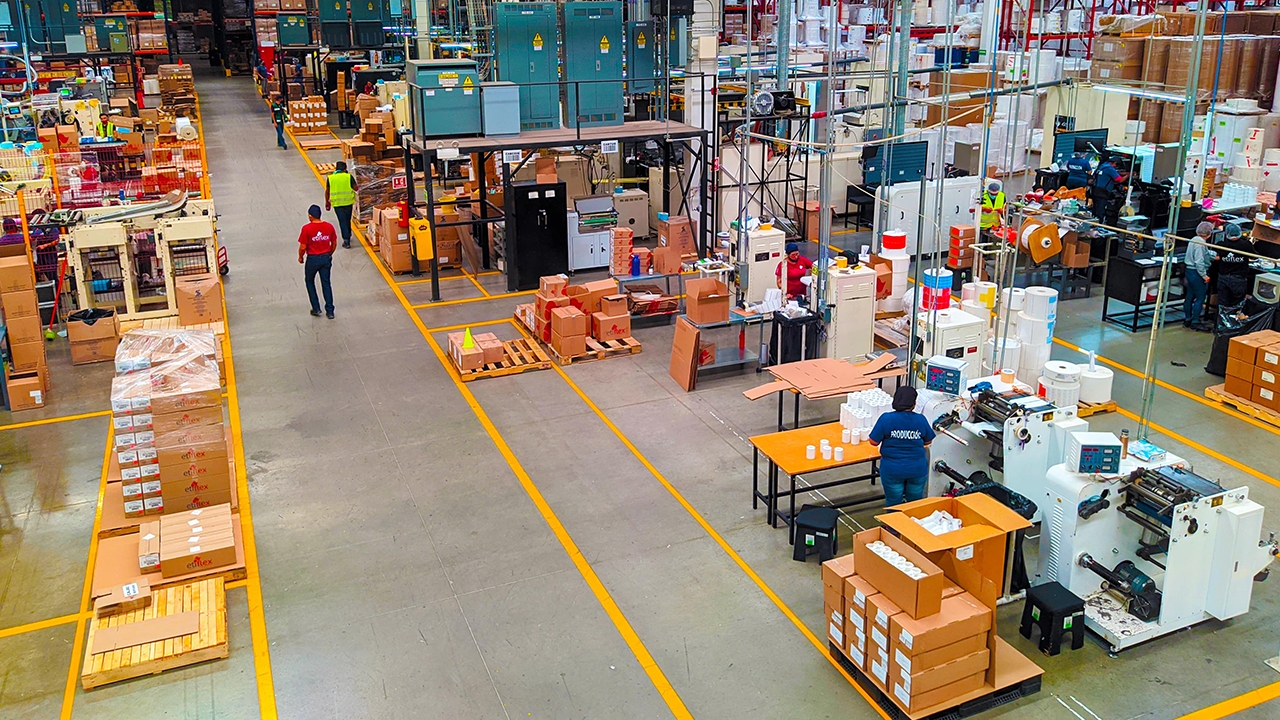GMG ColorBook for digitally-printed Pantone colors
GMG has released GMG ColorBook with digitally printed Pantone colors simulations achieved with GMG ColorServer and GMG OpenColor color conversion software using a fixed set of four to seven inks.

The new color book has been developed to show how printers and converters can simulate Pantone colors and custom brand colors with a fixed set of four to seven inks.
‘In digital printing, GMG ColorBook is a Pantone-licensed color reference for simulating Pantone and custom brand colors based on a precise set of real print conditions,’ commented Peter Schöffler, product manager at GMG. ‘We're not talking about a regular color guide, but one created on your own press in real printing conditions. In short: GMG ColorBook shows the actual result because it is produced under production conditions, on the same press, using the same inks, and on the production substrate.’
The new GMG ColorBook provides a sales tool for printers who want to physically demonstrate their color competence in digital printing before an order is placed. In addition, GMG ColorBook establishes a building block for reliable color communication.
‘From design to pre-press, from the pressroom to the clients and brands. If everyone’s expectations are aligned, we create reassuring process reliability from start to finish,’ added Schöffler.
‘Pantone is delighted to collaborate with GMG on GMG ColorBook because this unique solution simulates the full range of Pantone Colors that demanding print buyers hope to see from their print service providers,’ said Iain Pike, director of licensing at Pantone. ‘Printers and their brand and design clients can quickly and easily compare GMG ColorBook to the Pantone Formula Guide Solid Coated because the page numbers and layout are identical between these references, thereby setting the right color expectations based on the digital printing job parameters.’
GMG ColorBook comes as an option to GMG ColorServer and GMG OpenColor.
‘It appears as a single additional button in the user interface,’ said Schöffler. ‘With only a few extra clicks, users can take a big step in quality and consistency for digital print.’
Stay up to date
Subscribe to the free Label News newsletter and receive the latest content every week. We'll never share your email address.

